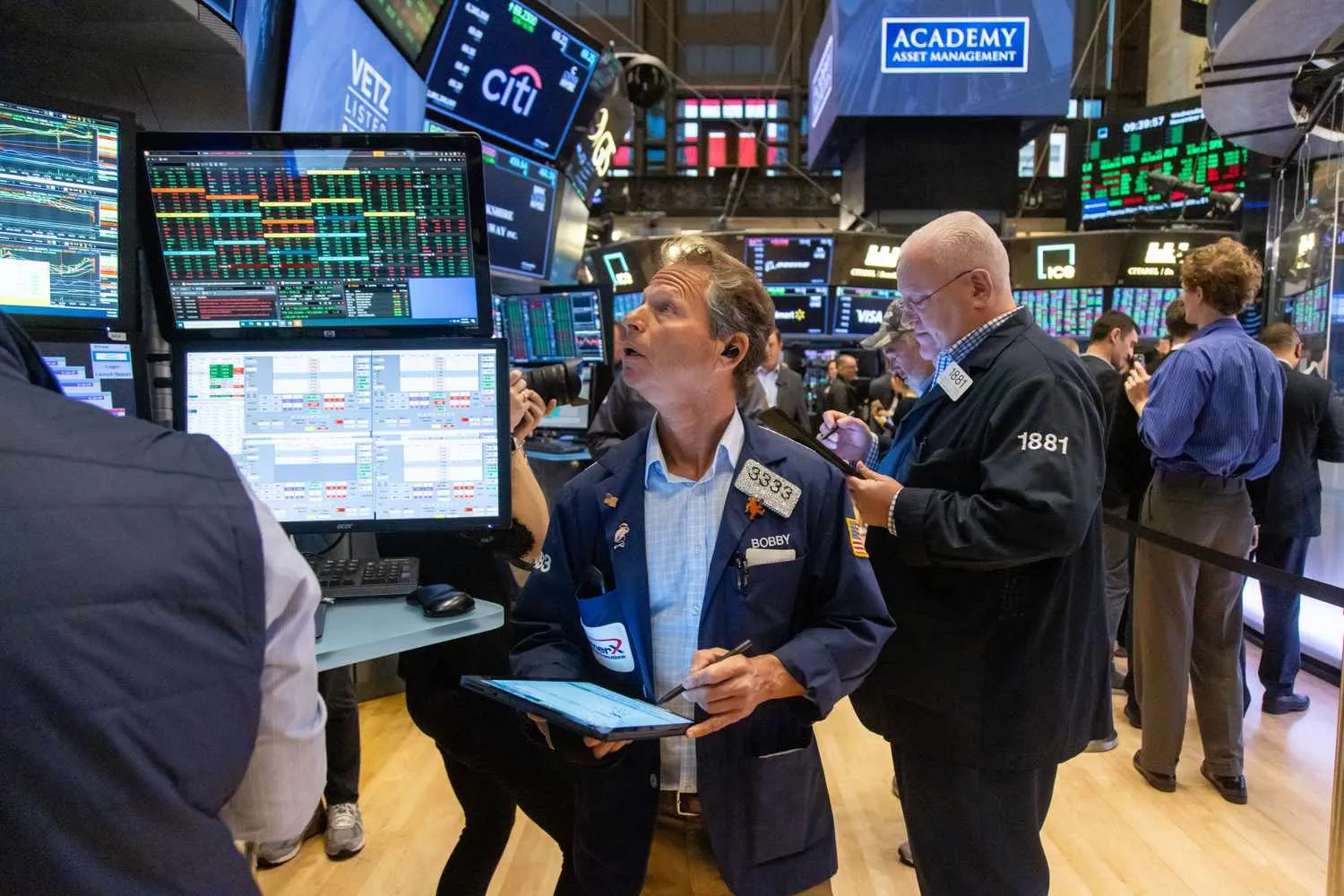Even Though Bonds Are Heading for Their Worst Decade, Income Investors May Still Benefit
After a decade of disappointing performance for bonds, investors may finally have reason for optimism, according to Ben Carlson, director of institutional management at Ritholtz Wealth Management.
While recent years have been especially tough on fixed-income portfolios, Carlson believes the future is looking brighter — largely due to higher starting yields and a shift in the interest rate environment.
Deutsche Bank recently released an analysis revealing that both the five- and ten-year periods leading up to now have been the worst stretches for nominal returns on 10-year U.S. Treasury bonds. The situation is even more dire for 30-year Treasurys, which have experienced more pronounced losses during the same timeframe.
Carlson expanded on this analysis by examining bond returns by decade across various maturities. His findings show that the 2020s are on track to become the worst-performing decade for bonds in modern history.
But when adjusting for inflation, the reality becomes even more bleak — real returns have taken a significant hit. “Inflation is really the biggest risk for bonds,” Carlson said in a CNBC interview. “It eats into the interest income investors receive, eroding purchasing power.”
Long-duration bonds have been hit the hardest. Those with maturities of 20 years or more, such as those tracked by the iShares 20+ Year Treasury Bond ETF, have suffered a total return of more than -40% since 2022. This decline is among the steepest in the bond market’s recent history, especially considering Treasurys are typically seen as safe-haven assets.
Despite these setbacks, Carlson is more optimistic about the path ahead. One key reason: bond yields are now substantially higher than they’ve been for most of the past 15 years. Since bond prices move inversely to yields, today’s elevated yields create more favorable starting conditions for future returns.
Carlson pointed out that there is a strong correlation — about 0.95 — between starting yields and subsequent five- to ten-year returns. This means that, historically, higher starting yields have almost always led to better long-term returns for bond investors.
However, Carlson stops short of calling bonds a “screaming buy.” While it’s taken considerable pain to reach this point, he believes the current environment is much more attractive for fixed-income investors. “Bond investors are in a much better place than they have been for probably the last 15 years or so,” he said. Elevated yields now offer a cushion against some of the risks still hanging over the market, such as further rate hikes or stubborn inflation.
In fact, bonds could prove particularly helpful in a downturn. If economic growth slows or a recession takes hold, the Federal Reserve may be forced to cut interest rates. In such a scenario, bondholders would benefit in two ways: not only would they continue to receive interest income, but the price of their bonds would rise, creating a “double whammy” of gains through both income and appreciation, Carlson explained.
In today’s environment, Carlson urges investors to be more deliberate with their bond investments. Both short- and intermediate-term bonds can be useful, but they serve different purposes and come with different trade-offs. Short-term instruments — such as Treasury bills and money market funds — have attracted a wave of interest during the recent bond market sell-off. However, Carlson warned that their yields will likely fall quickly if the Fed cuts rates in response to cooling inflation or economic weakness.
“When those rates come down, there’s not going to be much price appreciation because their duration is so short,” Carlson said. He advises investors to think of short-term bonds less as a yield play and more as tools for managing risk — protecting against volatility and interest-rate fluctuations.
For those with a longer time horizon or future expenses in mind, intermediate- to long-term bonds may be more appropriate. Carlson says locking in current yields makes sense for investors who have a specific goal five or ten years down the line. However, trying to time interest rate movements is extremely difficult and not a strategy he recommends. “Guessing where rates go next is one of the hardest games to play,” he added.
Ultimately, Carlson believes today’s bond market demands a more thoughtful approach. Fixed-income investors need to understand the roles different maturities and instruments play within a broader portfolio. “Investors just have to be a little more cognizant of what they have,” he said. “Maybe the answer is more diversification — holding a mix of different bonds designed for various market conditions.”
With more clarity on rates, inflation, and economic growth likely to emerge in the coming months, the bond market appears poised for a period of recovery — but only for investors who take the time to understand and strategically allocate their fixed-income holdings.

Subscribe to our newsletter!
As a leading independent research provider, TradeAlgo keeps you connected from anywhere.








